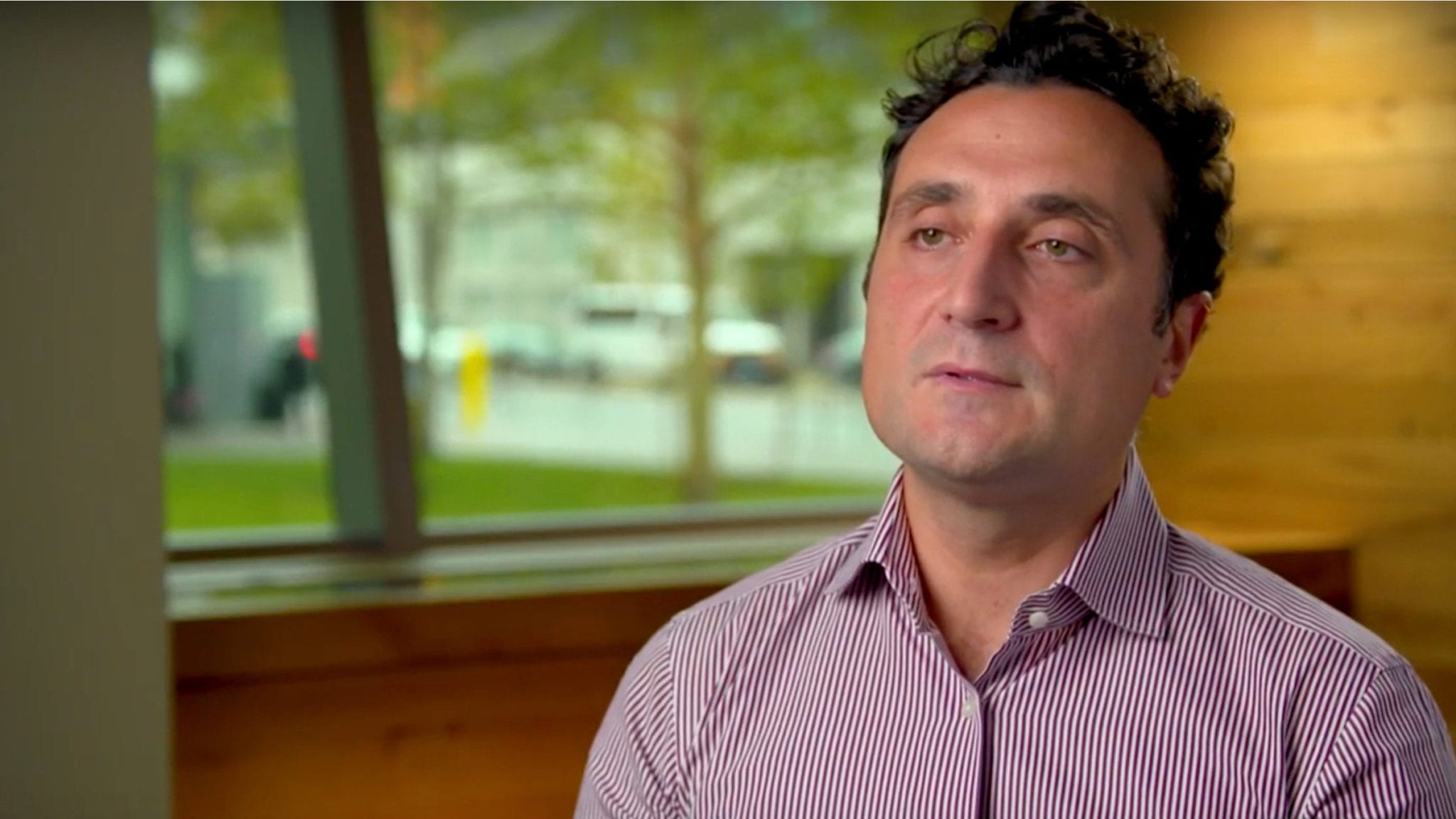
Out to revive R&D, a resurgent Sanofi pays $150M cash to partner up with a pioneering protein degradation player
Frank Nestle was appointed Sanofi’s global head of immunology and inflammation research therapeutic area just days before dupilumab, the blockbuster-to-be IL-4 antibody, would be accepted for priority review. After four years of consolidating immunology expertise from multiple corners of the Sanofi family and recruiting new talents to build the discovery engine, he’s set eyes on a Phase I-ready program that he believes can grow into a Dupixent-sized franchise.
Unlock this article instantly by becoming a free subscriber.
You’ll get access to free articles each month, plus you can customize what newsletters get delivered to your inbox each week, including breaking news.